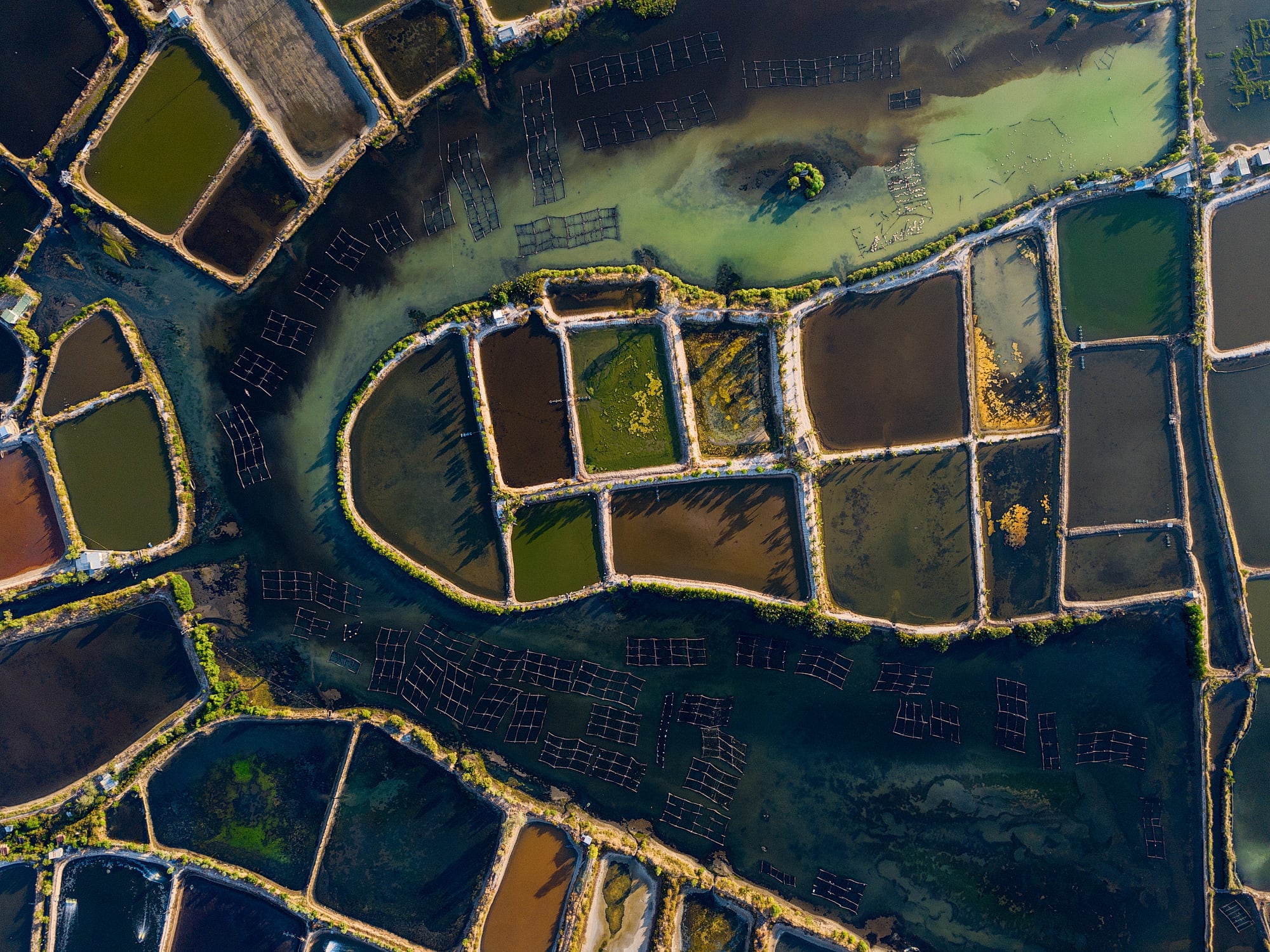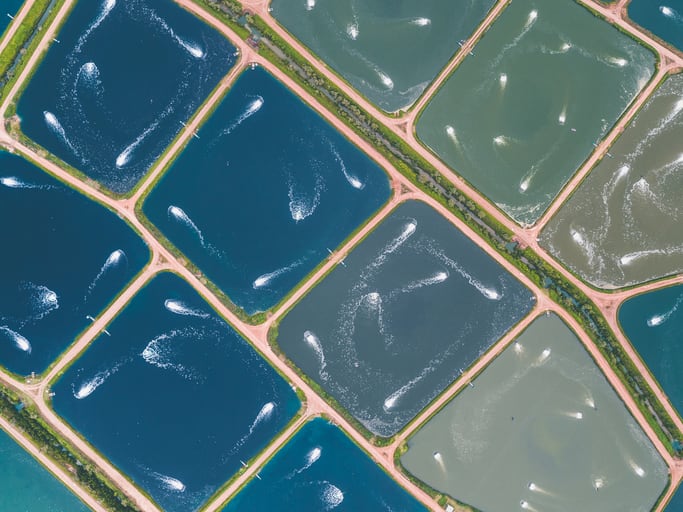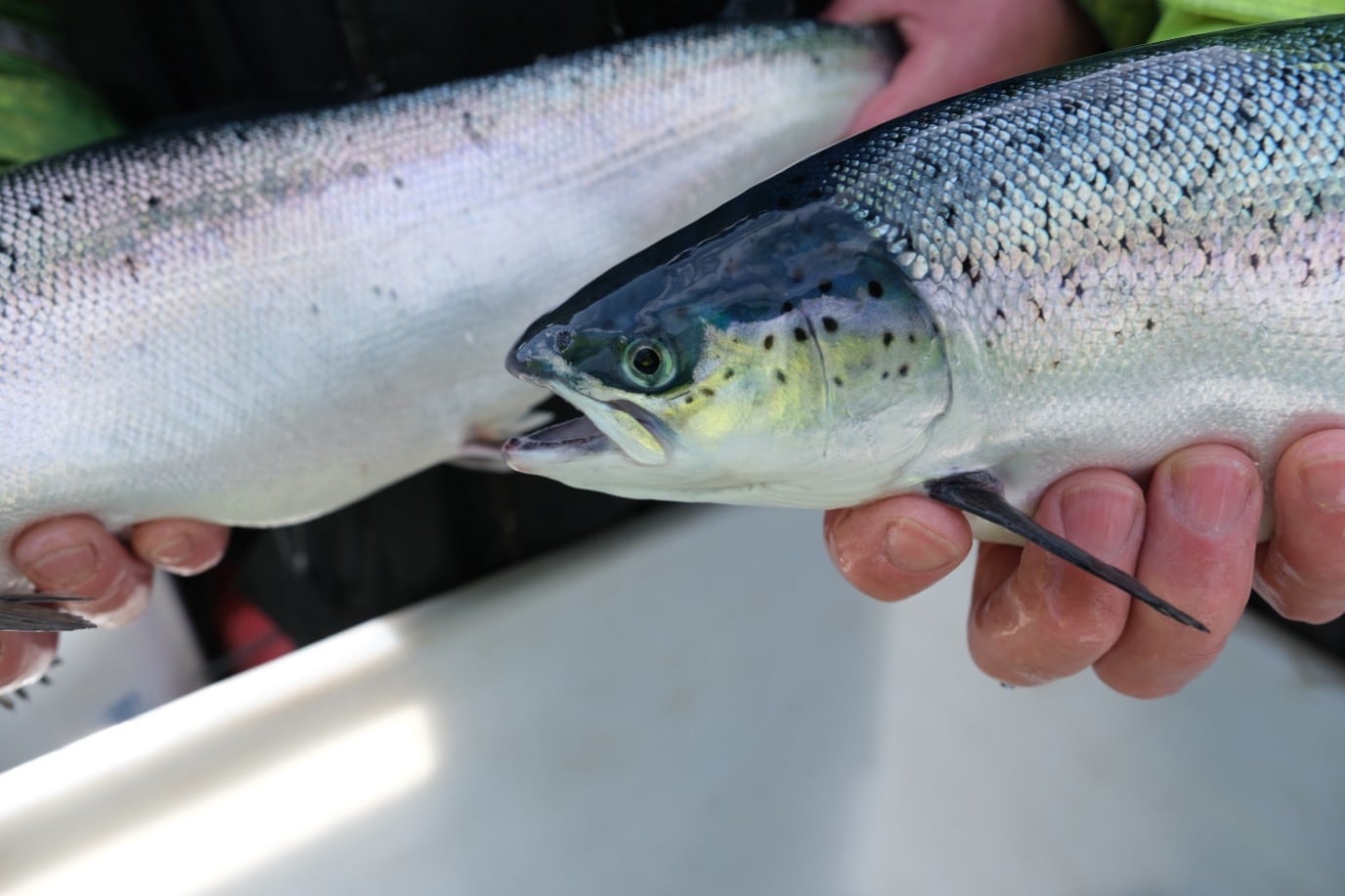JAH Cultura’s proprietary ceramic alloy, called Unitatem CULTURA, has been shown to enhance water, soil, and cell growth.
The Singapore-based company conducted an experiment at the Aquaculture Innovation Centre (AIC), which explored the application of Unitatem CULTURA to enhance white leg shrimp growth within a controlled, modular closed recirculation aquaculture system (RAS).
The experimental tanks contained Unitatem CULTURA spindle gears, which treated the water. Both control and experiment shrimps were fed a commercial shrimp diet at 5% body weight twice daily at six weeks. This was increased to 6% in weeks seven and eight.
Faster growth, more harvests
At eight weeks, the shrimps in the experiment tanks showed an increased body weight of 18.2% and body length of 6% compared to the control group.
“One of the biggest risks for shrimp farmers is that the longer the animal is in the water, it’s in danger of dying from diseases, weather… The longer it is in the water, the bigger the risk. And we have been able to achieve a certain size and weight earlier, meaning they can harvest earlier,” said JAH Cultura CEO Tan Chong Hui.
A typical shrimp farming cycle is around 12 weeks with three harvest cycles a year.
With this technology, Tan believes farmers will be able to add one more cycle annually.
AgTechNavigator previously reported that this technology was able increase the commercial yield of bokchoy when the seeds were treated with Unitatem CULTURA.
Less feed needed?
In a separate test, JAH Cultura and AIC investigated the treated water’s effect on microalgae Nannochloropsis growth.
By day seven, the microalgae culture cell density was about 64.6% higher compared to untreated cultures. Overall, the cell density was about 2.8 times higher than the control group.
The study concluded that this resulted in biomass yield increase of about 49.3%.
This could potentially help shrimp farmers lower their use of feed, Tan pointed out.
“This is significant because we can say to a shrimp farmer that they have 49% more microalgae for your shrimp, which can contribute to the lowering of their feed cost or maintaining your feed cost for a larger output of shrimp.”
Tan expressed the firm’s excitement over the new findings and its potential for aquaculture.
The company is set to take its shrimp growing experiments further by conducting its tests with a Singaporean company that has a shrimp farm with around 800 ponds Indonesia.
“We need more than data from an institutional centre like the AIC. We need the farmers because on the ground they may do things a bit differently. We want to be able to get factual proof and numbers to show what we can deliver. And what we can deliver in a safe, sustainable manner, without adding any hormones, unsafe ingredients, feed, into their production,” said Tan.
The company is aiming to conduct more tests in multiple countries by inviting shrimp producers to try its technology free for the first three months.
“We’ll provide our technology for free to shrimp or fish farmers. We’ll let them try it out for three months and if they are happy, they can carry on with our subscription. If not, we’ll take it back,” said Tan.
Tan revealed that the company is embarking on its seed funding round this year once it has prepared more data on shrimp farming.
Moving forward, it sees potential in specialty crops, such as strawberries, saffron, and vanilla.




